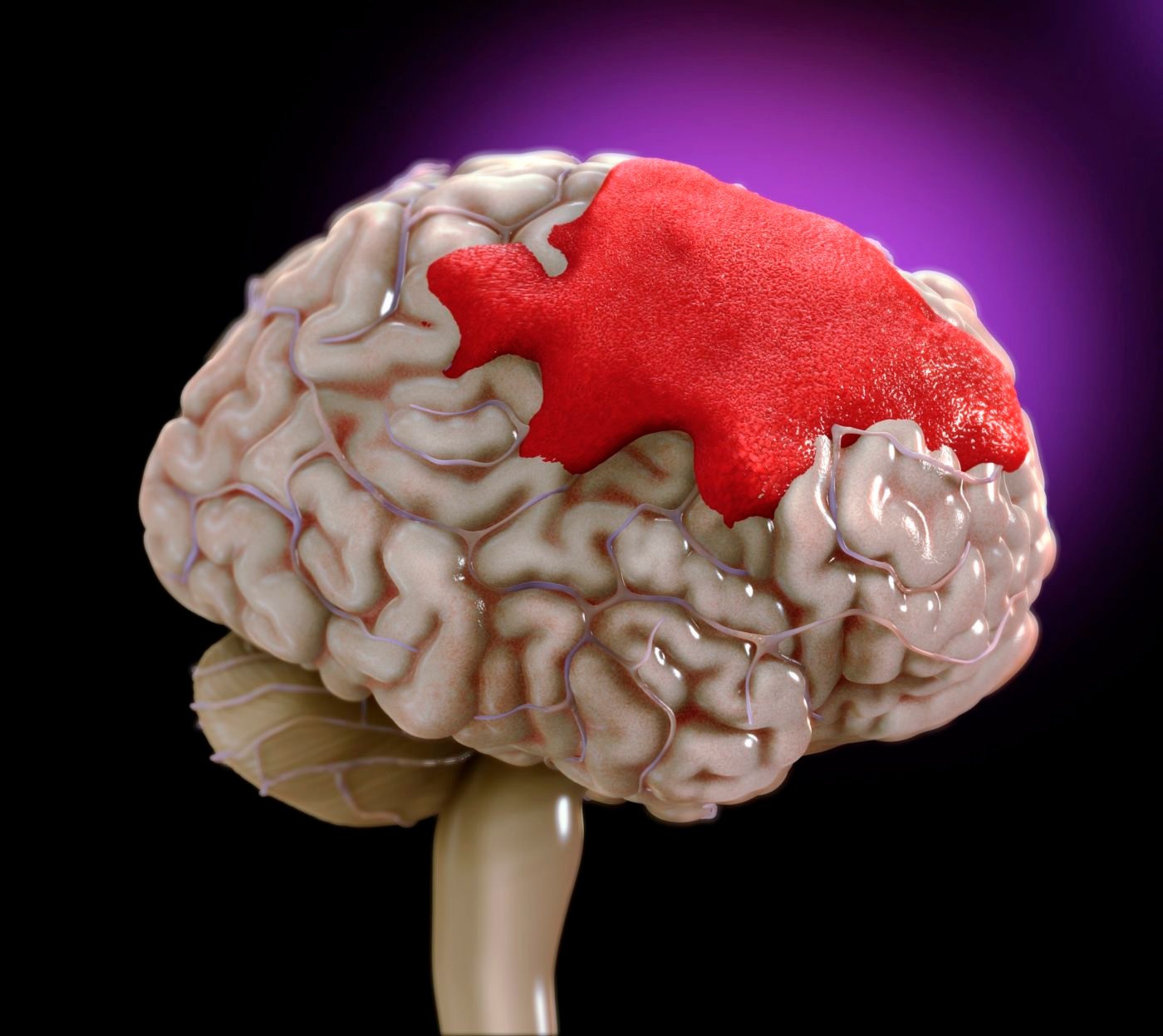Brachial Plexus injuries are a serious condition that can significantly impact the function and movement of the shoulder, arm, and hand. The brachial plexus is a network of nerves that originate in the neck and branch out to the arm. When these nerves are damaged due to trauma or other causes, it can lead to weakness, loss of sensation, or even paralysis in the affected limb. Early diagnosis and treatment are essential for restoring function and improving quality of life.
What is the Brachial Plexus?
The brachial plexus is a complex system of nerves that sends signals from the spinal cord to the shoulder, arm, and hand. These nerves control both movement and sensation. Damage to any part of this network can severely affect a person’s ability to use their arm, hand, or fingers.
Common Causes of Brachial Plexus Injuries
There are various causes of brachial plexus injuries, which range from mild to severe:
Trauma from Accidents:
Motor vehicle accidents or other high-impact injuries can stretch or tear the nerves of the brachial plexus.
Sports Injuries:
Athletes involved in contact sports like football, wrestling, or rugby are at higher risk of brachial plexus injuries. Sudden collisions or falls can lead to nerve damage.
Birth-Related Injuries:
Brachial plexus injuries can occur during childbirth, especially if there is difficulty in delivering the baby’s shoulder (shoulder dystocia). These injuries are referred to as Erb’s Palsy in infants.
Tumors or Inflammation:
Tumors, whether benign or malignant, can compress or invade the brachial plexus, leading to nerve damage. Additionally, inflammatory conditions such as brachial neuritis can also cause injury to these nerves.
Symptoms of Brachial Plexus Injury
The severity of symptoms depends on the extent of the nerve damage, ranging from mild to complete nerve rupture. Common symptoms include:
Weakness or inability to move the shoulder, arm, or hand.
Numbness or loss of sensation in the arm or hand.
A burning, sharp pain in the shoulder or arm.
Paralysis in the arm or hand.
If you experience any of these symptoms, it is important to consult a medical professional for evaluation and diagnosis.
Types of Brachial Plexus Injuries
There are several types of brachial plexus injuries, classified based on the severity:
Stretch (Neuropraxia):
The nerve is stretched but not torn, leading to temporary weakness or numbness. These injuries often resolve on their own with time.
Rupture:
The nerve is torn, but not at the spinal attachment. Surgical intervention may be necessary to repair the damage.
Avulsion:
The most severe type of injury, where the nerve is completely torn from the spinal cord. Avulsion injuries often result in permanent damage and loss of function, and may require advanced surgical treatments like nerve grafting.
Diagnosis and Treatment Options
Diagnosing a brachial plexus injury typically involves a combination of physical exams, imaging tests, and possibly nerve conduction studies to assess the extent of the damage. Once diagnosed, the treatment plan is designed based on the type and severity of the injury.
Physical Therapy:
Goal: Strengthen muscles, improve mobility, and prevent stiffness.
Physical therapy is crucial for those recovering from brachial plexus injuries. Therapists may guide patients through exercises to maintain strength in the unaffected muscles and restore function as the nerves heal.
Surgical Intervention:
Goal: Repair or reconstruct the damaged nerves.
Surgery may be required if the injury is severe, such as in cases of nerve rupture or avulsion. Different surgical techniques may be used, including:
Nerve Grafts: Replacing the damaged nerve with a nerve from another part of the body.
Nerve Transfers: Redirecting a less important nerve to restore function in a more crucial area.
Muscle Transfers: Moving muscles from another part of the body to help restore movement.
Pain Management:
In addition to treating the underlying injury, patients may require medications or other interventions to manage pain, particularly in cases of nerve damage.
Prognosis and Recovery
The recovery time for a brachial plexus injury varies depending on the severity of the injury. Mild injuries (like neuropraxia) may heal within weeks or months with no long-term effects. More severe injuries, such as ruptures or avulsions, often require surgery and may take longer to recover, sometimes over several months or years.
In some cases, full recovery may not be possible, particularly with severe nerve damage. Early treatment, physical therapy, and surgical intervention can significantly improve the chances of regaining function.
Prevention of Brachial Plexus Injuries
While not all brachial plexus injuries can be prevented, there are steps individuals can take to minimize risk:
Sports Safety: Athletes should wear protective gear, practice proper techniques, and avoid high-risk movements.
Accident Prevention: Safety measures like wearing seat belts and following traffic laws can reduce the risk of high-impact trauma.
Prenatal Care: In childbirth, careful delivery techniques can help prevent brachial plexus injuries in newborns.
Conclusion
Brachial plexus injuries can have a profound effect on one’s mobility and quality of life. However, with prompt diagnosis and a well-structured treatment plan, many patients can regain strength and function in their affected arm. If you or someone you know is experiencing symptoms of a brachial plexus injury, seek medical consultation as soon as possible.







